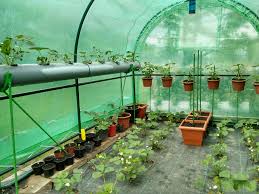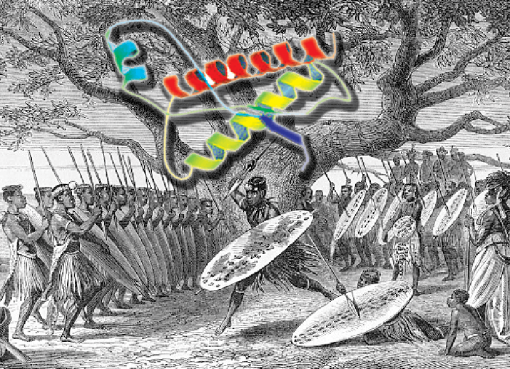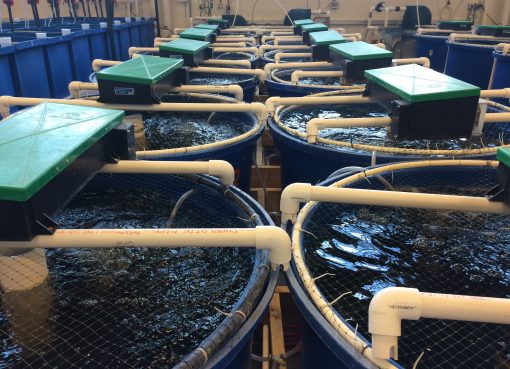Assam Silk
We the people of northeast always take pride of our invaluable wealth of prehistoric memories, legends, mythology and history. Assam being the gateway of the northeast, also goes by the name “The silk heaven of India”, it is the reputation set up by the skilled weavers of the state. Three indigenous wild silks are produced in Assam -Golden Muga, White Paat and Warm Eri Silk and the center of Assam’s silk industry is “Sulakuchi” which is a few kilometers from Guwahati city. Well, Assam is the largest producer of Muga silk in the world and Muga silk is considered as one of the costliest silks in the world. A Muga mekhela chaddar (traditional wear of Assam women) is always the prized and pride possession for every Assamese woman. Finally, the Assam weavers got recognition in 2007 with Geographical Indication (GI) tag for Muga Silk.
Since my childhood, I have been fascinated by the click-clack sound of the loom in my home. Though my mother is not a professional weaver, the art of weaving she carried out always mesmerized me. The hard work she does on weaving a pair of mekhela chaddar, shawl, blanket, gamosas and many more just for her satisfaction is just a mere example of the womenfolk of Assam. On the contrary, I inherited weaving lessons from my mother which reflects the most important feature of being an Assamese. The women weave the fairytales on their looms. Earlier a girl’s ability to weave was the primary eligibility for getting married. This was the essence of the woven cloth in the society that a man wore clothing that was hand-woven overnight, before he went to the battle field. This explains why Assam has India’s largest concentration of handlooms and weavers, i.e. 50% of weaver population in India belongs to Assam.
The history of Assam’s silk and weaving goes far back beyond the Ahom era though it rose to the fame during the Ahom era. Presently, Assam contributes 85% of Muga silk produced in India and the rest 15% is contributed by Meghalaya, Arunachal Pradesh, Nagaland and Manipur. The most prominent variety of silk is Golden Muga which is exclusively produced only in the state. Muga and Eri are non-mulberry silks, and Paat is mulberry silk. These silks are classified by the sort of silkworms reared.
Sericulture

The process of rearing the silkworms for production of silk is known as “sericulture”. Sericulture is followed by three primary steps: moriculture, silk rearing and silk reeling.
Moriculture: The cultivation of mulberry plants to feed the silkworms is called moriculture. The plants are grown through three different methods: cultivation from seeds, root grafting and stem grafting. It is interesting to know that 1 kg of mulberry leaves can feed approximately 50 silkworms from its egg stage to cocoon stage.
Silk rearing: Silk moths lay thousands of eggs and upon hatching these eggs produce larvae or silkworms. The larvae are hereafter fed on mulberry, Som leaves. These worms start growing and after several shedding phases, they form cocoons by secreting saliva from the two salivary glands on their heads. This saliva solidifies with contact to air and becomes silk. Generally, the cocoon is spun within 2-3 days.
Silk reeling: The larvae undergo metamorphosis within the cocoons and become pupae. The final stage of sericulture is the removal of the silk from these cocoons. Next, the pupae are destroyed inside the cocoon by boiling approximately for 15 minutes. This is called the stifling process. The outer end of the silk filament is recovered by brushing the intact cocoon. Silk threads are wound to a reel and the silk at this stage is called raw silk. Subsequent degumming is achieved by boiling the silk in soap and water, resulting in smooth and lustrous silken threads. One silk thread contains roughly 50 silk filaments. However, one single cocoon can produce over 900 meters of filament.
In the sericulture method, the boiling of silkworm cocoons has come under serious criticism from various individuals and organizations. Campaigns were founded to protest against the People for Ethical Treatment of Animals (PETA)’s inhumane treatment of silkworms. Mahatma Gandhi strongly advocated the use of Ahimsa silk (or peace silk). This method of silk processing did not require the boiling of silkworm pupae, and therefore did not breach the theory of Ahimsa (non-violence).
Varieties of silk
Let’s look into the various range of silk threads available in Assam.

Muga silk: The production of Muga silk comes from the Muga silkworms, scientifically known as Antheraea assamensis, which are fed on Som (Machilus bombycina) and Sualu (Litsaea polyantha) leaves. The Golden yellow silk thread is produced which is rare in its texture, luster and durability, thus owing its top position. The luster increases with every wash and does used mostly for traditional mekhela chaddar and sarees.
Paat silk: The Paat silk is produced from mulberry silkworm (Bombyx textor or Bombyx mori) which feeds only on mulberry (Morus spp.) leaves. The silk thread comes in brilliant white or off-white colored and is mostly used for its very bright texture. Countries such as China, Japan and Korea also cultivate Bombyx mori silkworms for similar kind of silk production. This silk is given different names in different regions. Known for its glossy quality, often mekhela chaddars are made of this silk.
Eri silk: Eri silk is produced from the silkworm Philosamia ricini and Samia ricini. P. ricini feeds on castor oil plant (Ricinus communis) leaves and hence known as castor silk. In the process of rearing the silkworms, the moths are not destroyed in the cocoon and are to be allowed to emerge, thus popularly known as ‘peace silk’ or ‘non-violent silk’. Due to its fine white soft silk thread, it is mostly used to make shawls and quilts. Even it is cultivated in other parts of India, Japan and China also.
Apart from these silks, Tassar/Tassah silk is also trending in Assam. Today, India exports a wide variety of silks, particularly as exclusive furnishing fabrics to Western Europe and the US. Boutiques and fashion houses, designers and interior decorators have the advantage of purchasing custom-woven fabrics with their range of designs, weaves and colors. A service that ensures a competitor doesn’t easily clone an exclusive product. The silks in Assam are mainly restricted in use for making traditional dresses, although nowadays there are minor diversifications. Such natural silks have been overshadowed by the simple accessibility of other artificial silk varieties from other areas and at lower prices. Presently, the businessmen and the policy makers are working hard to improve the condition of the weavers across the country. It is necessary to pay attention to north-eastern India as the maximum number of weavers are based here, most of whom receive low wages and emoluments. It should be noted that the Assam silks are renewable and sustainable textiles and have no environmental effect. They can be a strong growth propeller for the rural area, if properly utilized. It is really saddening to know that Assam silk industry suffered 100 crore rupees loss due to coronavirus lockdown. Although Muga silk production has increased, it has not been adequate to meet the increasing demand on both domestic and international markets. Recently government has come up with some effective steps but Assam silk always has the need to make into a larger global brand. Otherwise, the state will lose its reputation and prestige as the country’s indigenous silk producer.
N.B.: The source of all pictures used this article is https://pixabay.com/
Gargi Sarma
MTech (Soil and Water Conservation Engineering)
College of Agricultural Engineering and Post Harvest Technology (CAU), Gangtok




